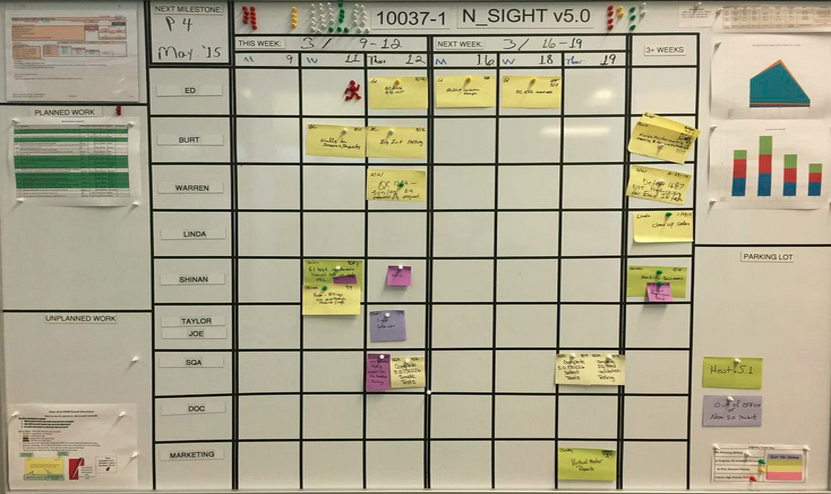Do your daily activities and meetings add value as they should be? Do your employees routinely miss your meetings? Analysis shows that out of each day, employees conduct Non-Value-Added activity up to an average of 280 minutes per day. That is 4.6 hours a day.
NVA Meetings (reactive)- 80 minutes
NVA Phone calls- 30 minutes
NVA Email communication- 80 minutes
Repeat system failures- 40 minutes
Rework- 20 minutes
Report generation and excess tracking- 30 minutes
This adds up to about 70,000 minutes a year which is 145 days of non-value-added time. Much of that results from reactive meeting time. Here are some steps that can help you improve your meetings and increase attendance.
1. Set the goal of the meeting
If it is an update meeting, have a prepared order of presentation and give them a set amount of time to present their information and answer questions. If we hold the meeting to make decisions or conduct brainstorming have the tools such as a P.I.C.K. chart ready so you can quickly move through the brainstorming and decision process. Make sure everyone is aware of the purpose of the meeting so they can come prepared.
2. Invite only who is necessary
Things bog down when there are too many people in the room and it becomes a cat-herding exercise. Amazon used to have a two-pizza rule. Teams (and meetings) should only be as large can be fed by two pizzas. Something to keep in mind when planning your meetings.
3. Ask three questions
This is used in agile with scrum teams. The scrum master asks- 1. What did you get accomplished yesterday? 2. What are you working on today? 3. Are there any roadblocks? Scrum meetings are a fifteen-minute long communication across the entire project team.
You may not be developing software but are there two-three questions that you can ask to keep everyone focused. Maybe the questions have to do with safety and quality. Regardless, there are ways to quickly get a pulse of what is happening.
4. Be present
I don’t know about you, but I hate it when everyone is on their phone, on their laptop, or doing other activities while they should be present. If they need their laptop to present information that is fine, but otherwise they need to pay attention. Having to repeat what is said many times adds to the length of the meeting and decreases the attention of the team members. I have seen organizations collect phones, make participants pay $1 into a pot if they are on their phones. I have also seen companies remove chairs from conference rooms so meetings don’t drag on forever. What have you seen that keeps people engaged?

5. Close with a plan of action
If it is an update or status meeting, thank everyone for their attendance. If it is a decision-making meeting close with a plan of action. Use a project charter with assigned duties as part of the action items. Establish follow up activities and dates for all involved and post them to your Kanban or Trello board so you don’t lose track of them. In the example above, this company used actual post-it notes as part of its visual project management. Using visual tools help you have meetings that add value.
You can make meetings shorter, more value-added, and productive by following these simple steps.
Until tomorrow! I am honored to serve you and I hope that you and your company are getting better every day!
Follow me on Twitter
Join me on LinkedIn
Listen to the podcast here
